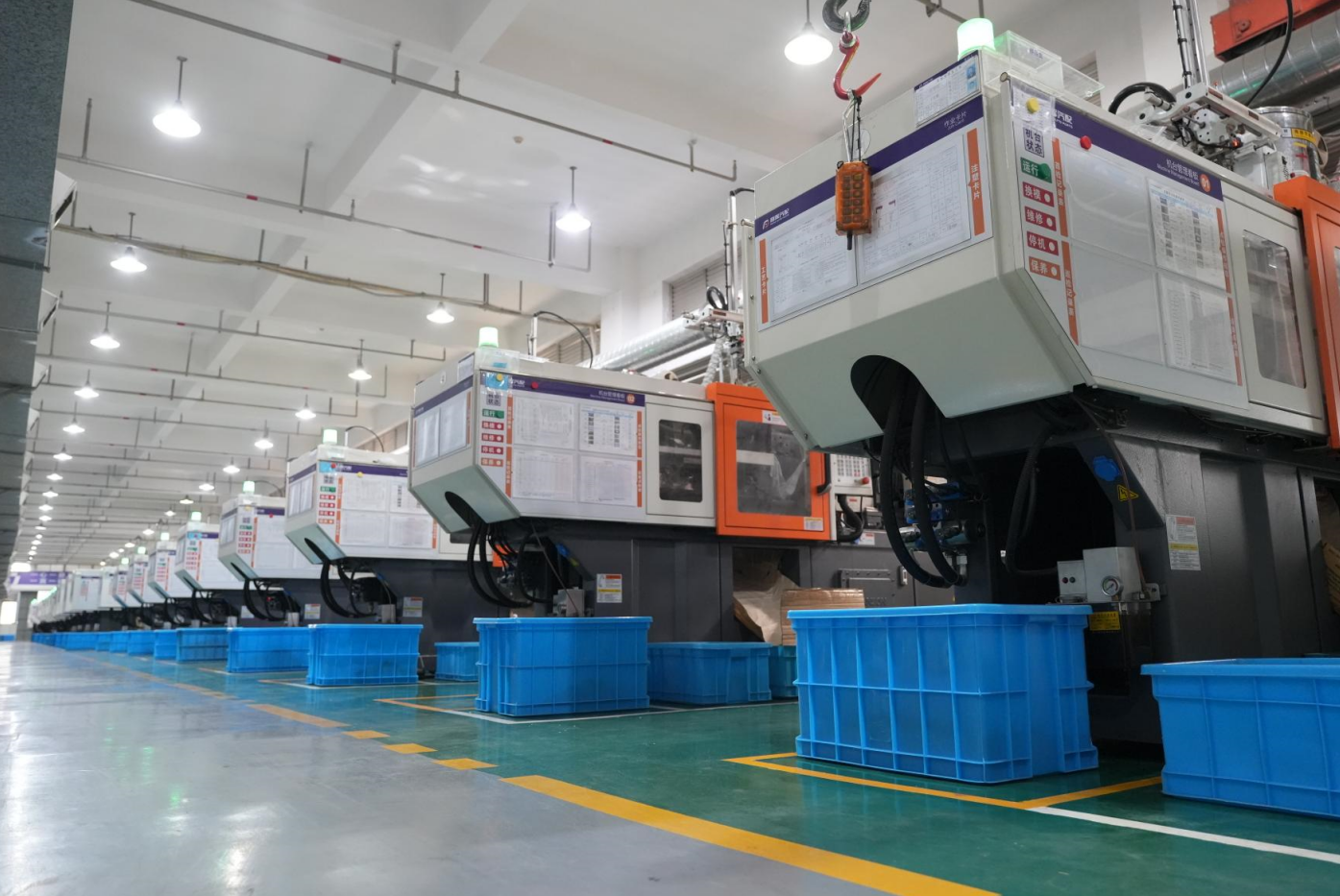
In the automotive industry, where every component plays a crucial role in vehicle performance and reliability, wiring harnesses stand out as key elements that can significantly impact overall efficiency and functionality. As vehicles become increasingly reliant on electronic systems for everything from engine management to entertainment, optimizing wiring harness design and implementation has become paramount for automakers seeking to deliver superior products to consumers.
One of the primary considerations in wiring harness optimization is minimizing weight and reducing overall complexity. By carefully selecting materials, routing paths, and connector configurations, automakers can streamline harness design to achieve maximum efficiency while minimizing space requirements and minimizing the risk of electrical interference or signal degradation.
Moreover, optimizing wiring harnesses for reliability is essential to ensure the long-term performance and durability of the vehicle. This includes factors such as proper wire sizing, insulation, and shielding to protect against environmental hazards such as heat, moisture, and vibration. Additionally, ensuring secure connections and adequate strain relief mechanisms can help prevent wire fatigue and reduce the risk of electrical faults or failures over time.
Furthermore, advancements in manufacturing techniques and materials have enabled automakers to produce wiring harnesses that are not only lighter and more compact but also more robust and durable than ever before. From advanced polymers and composites to automated assembly processes, these innovations have helped drive improvements in harness quality, consistency, and reliability across the automotive industry.
In addition to enhancing efficiency and reliability, optimizing wiring harnesses can also have a positive impact on vehicle performance and fuel economy. By reducing electrical losses and improving signal integrity, well-designed harnesses can help maximize the efficiency of electrical systems, ultimately leading to improved overall vehicle performance and reduced energy consumption.
In conclusion, optimizing automotive wiring harnesses for efficiency and reliability is essential for automakers seeking to deliver high-quality vehicles that meet the demands of today’s consumers. By leveraging advanced materials, manufacturing techniques, and design principles, automakers can ensure that wiring harnesses play a critical role in maximizing vehicle performance, durability, and overall customer satisfaction.